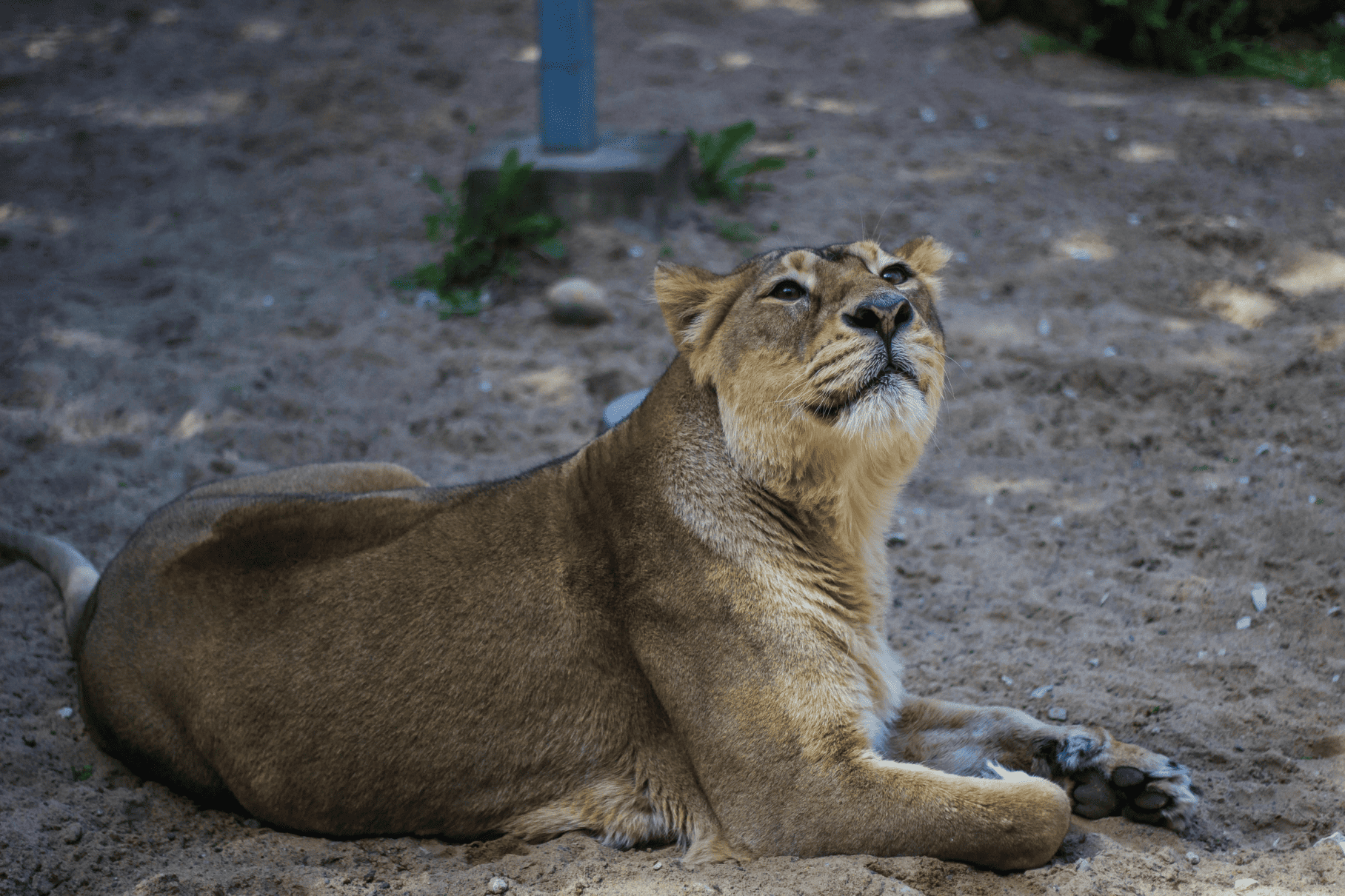
Innovative Zoo Enclosures: Designing Spaces That Mimic the Wild
Modern zoos prioritize animal welfare by creating enclosures that closely resemble natural habitats. Gone are the days of concrete cages and minimalistic spaces; today’s enclosures are designed to encourage natural behaviors and provide animals with a high quality of life. For example, large cats like tigers and lions live in environments with trees, water features, and varying terrain, allowing them to explore, hide, and climb just as they would in the wild. Similarly, primates are housed in enclosures with ropes, branches, and climbing structures to promote exercise and play.
These innovative designs are the result of collaboration between architects, zoologists, and animal behaviorists who work together to understand each species' unique needs. Temperature control, humidity management, and natural vegetation are all integrated into enclosure design to create spaces that are comfortable and familiar for animals. By investing in naturalistic enclosures, zoos provide a sanctuary that supports animals’ physical and psychological health, allowing them to live full, enriched lives. This shift toward habitat-like spaces is a testament to zoos’ commitment to animal welfare and their dedication to constantly improving the standards of animal care.